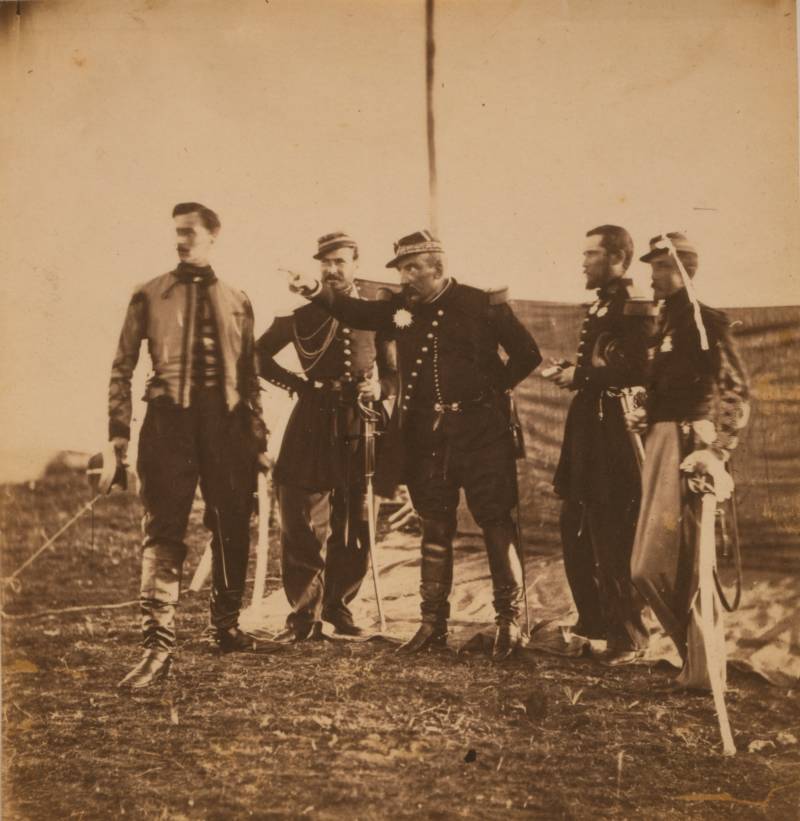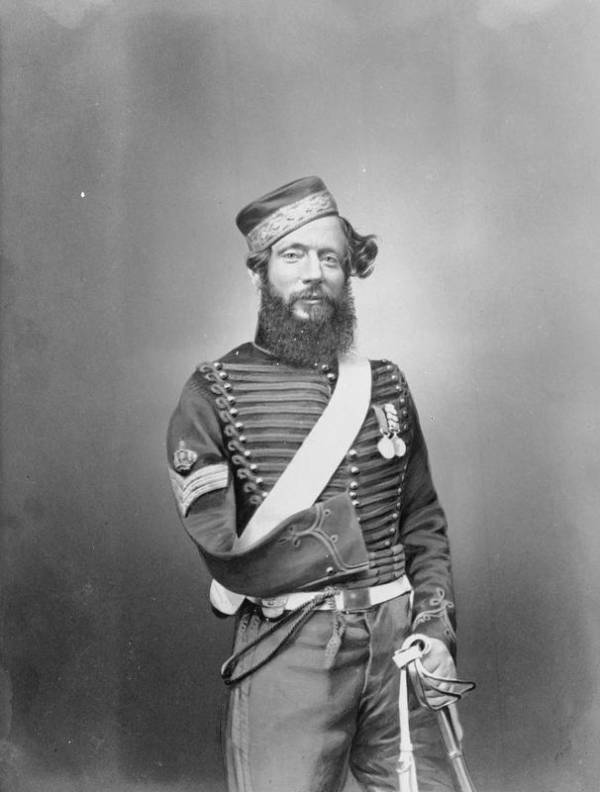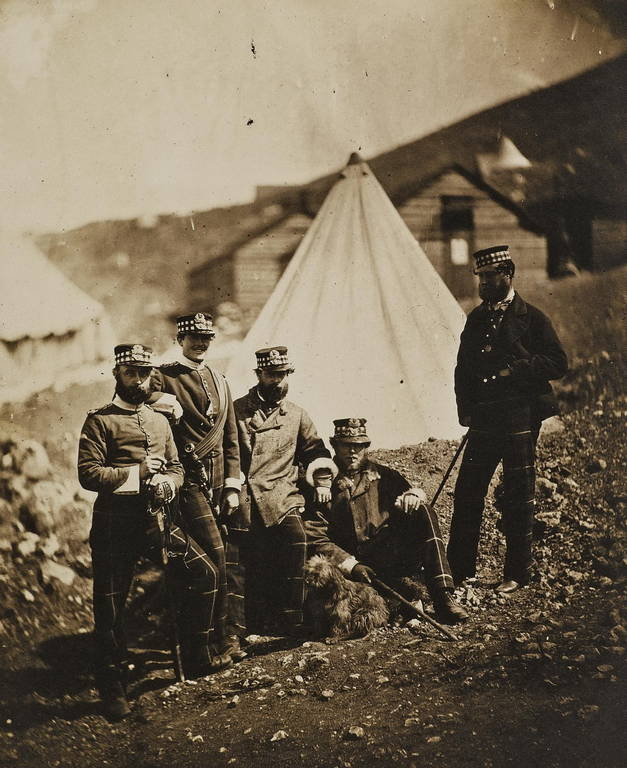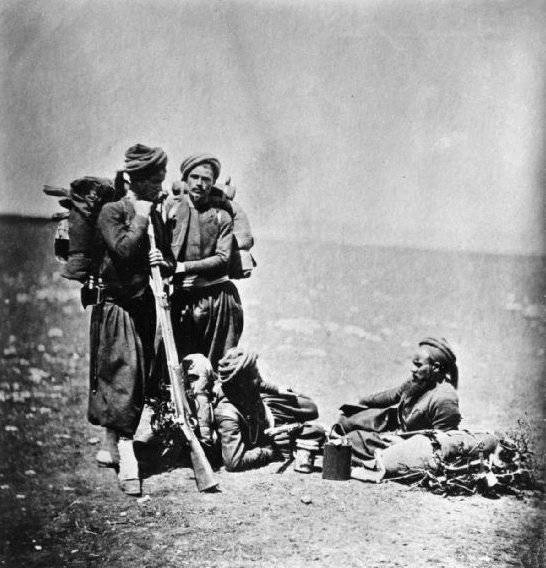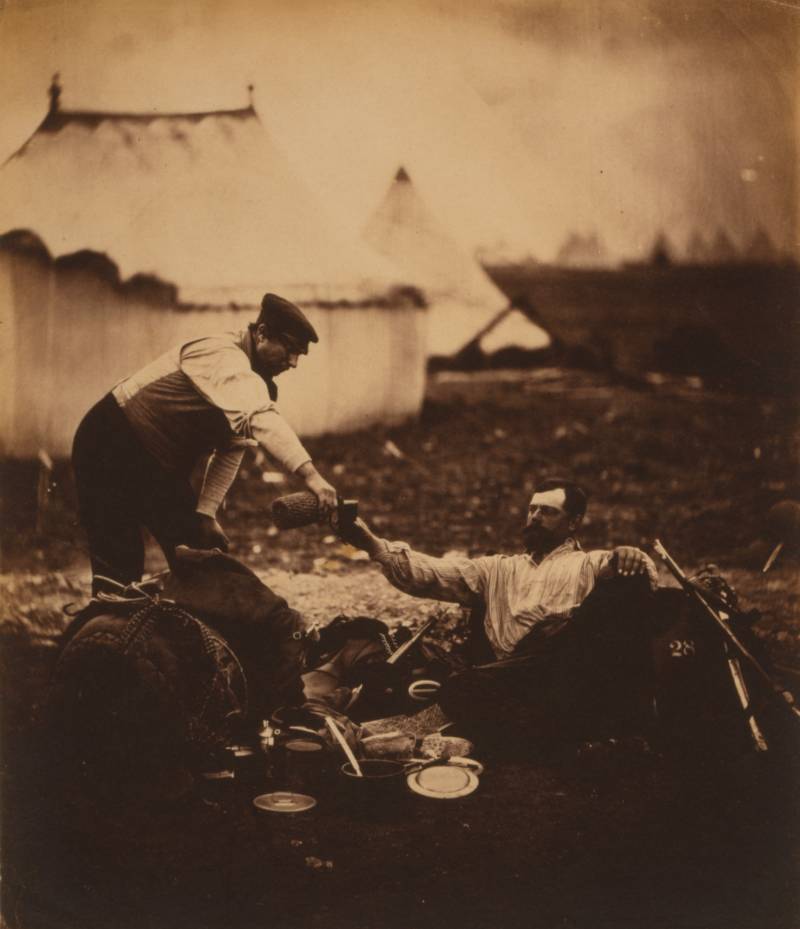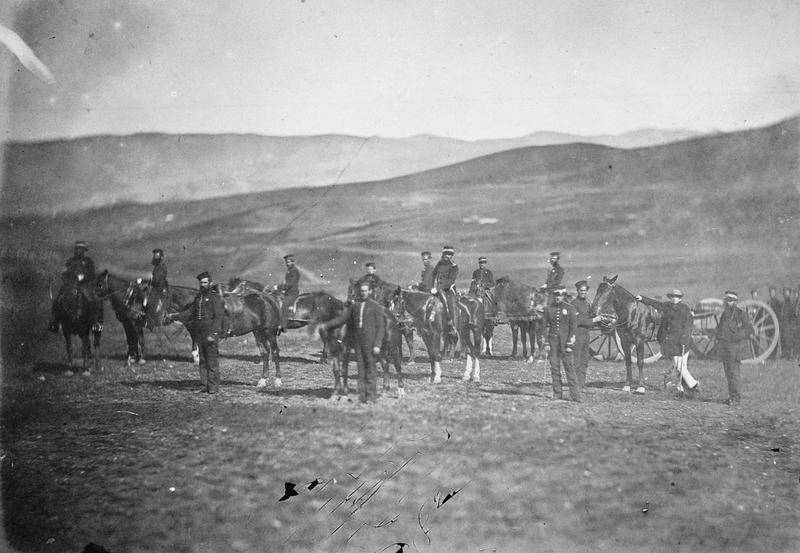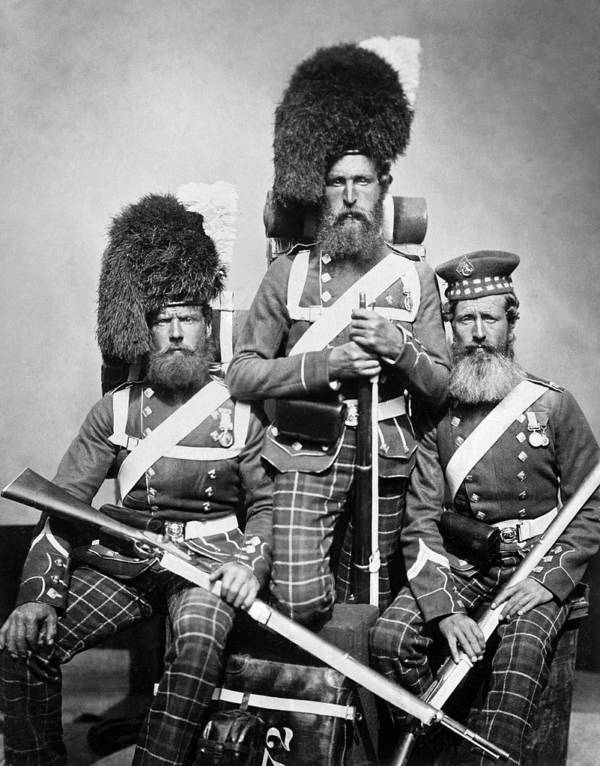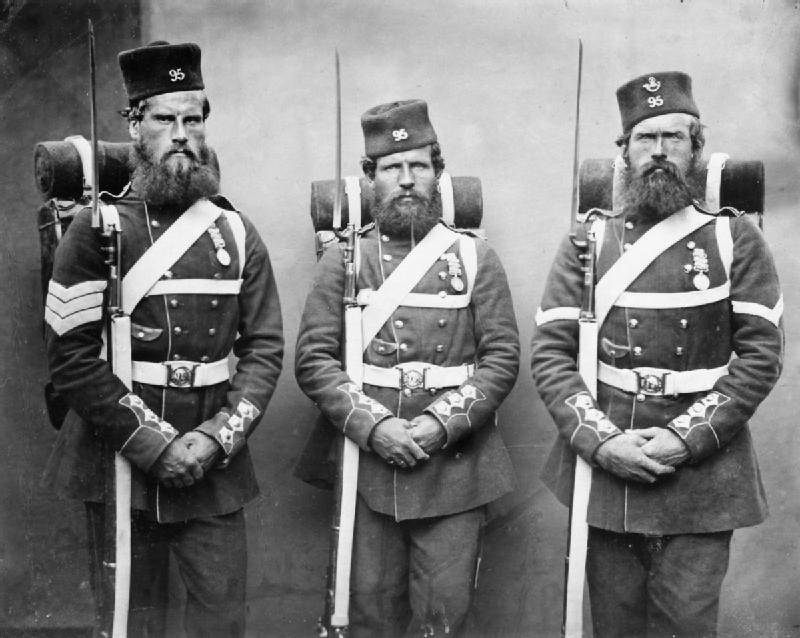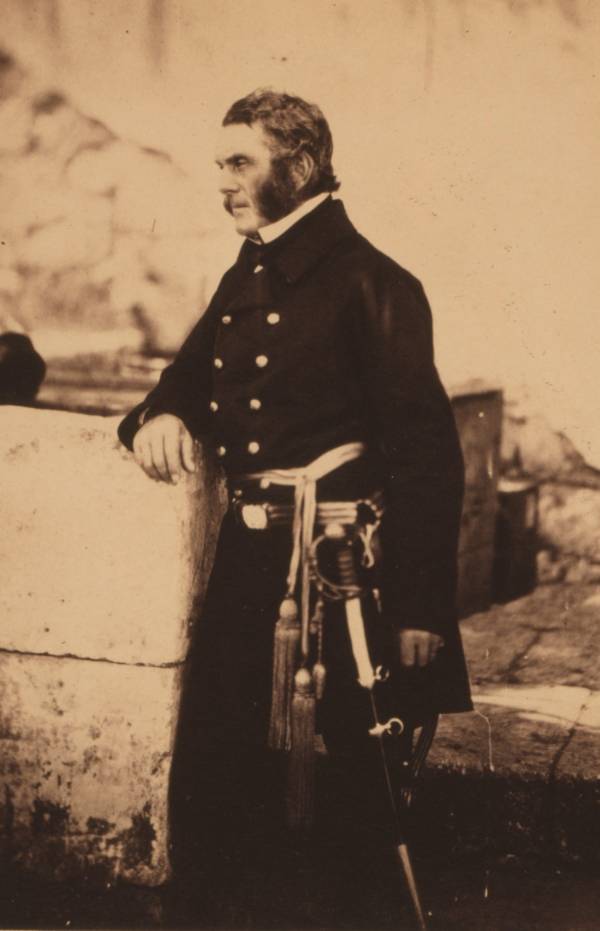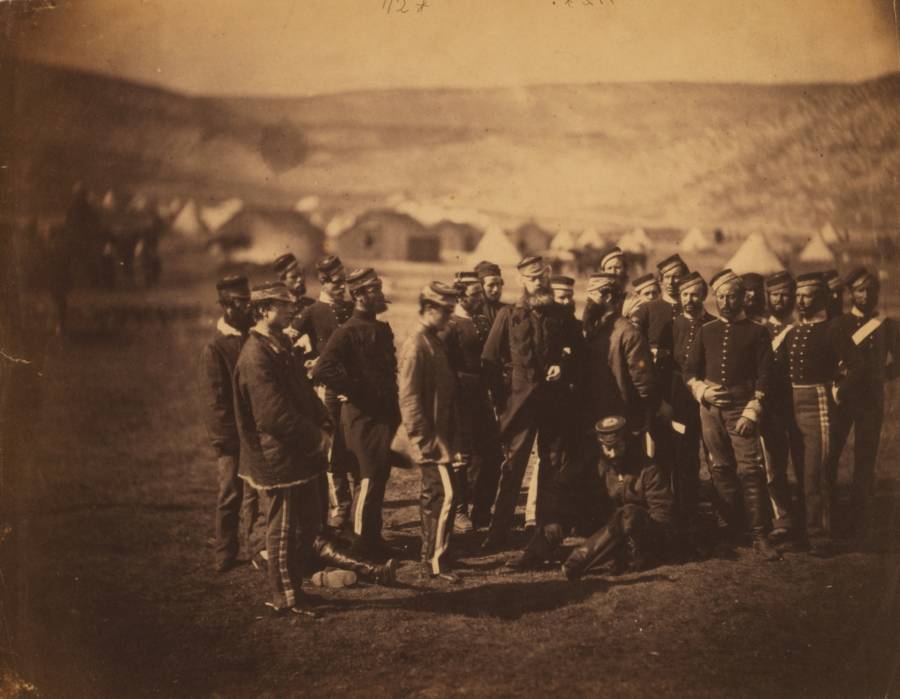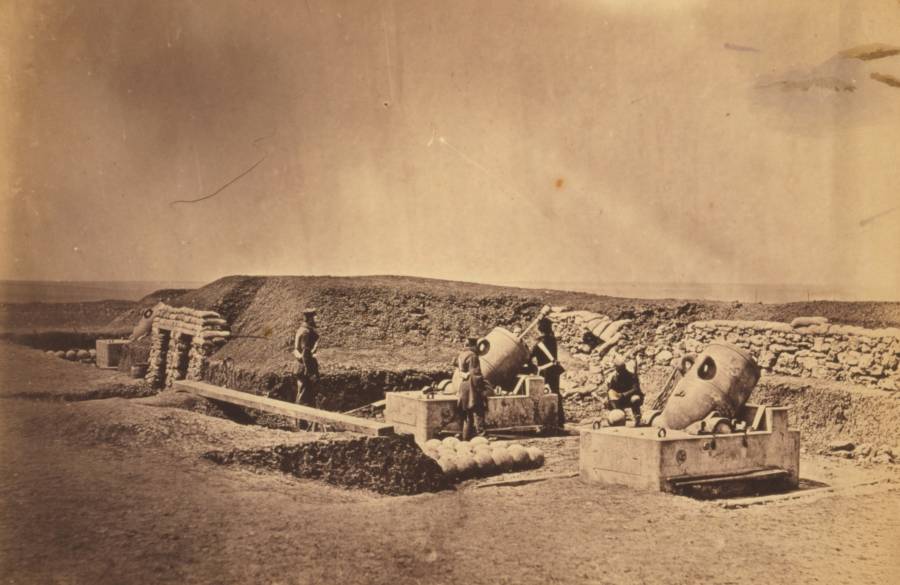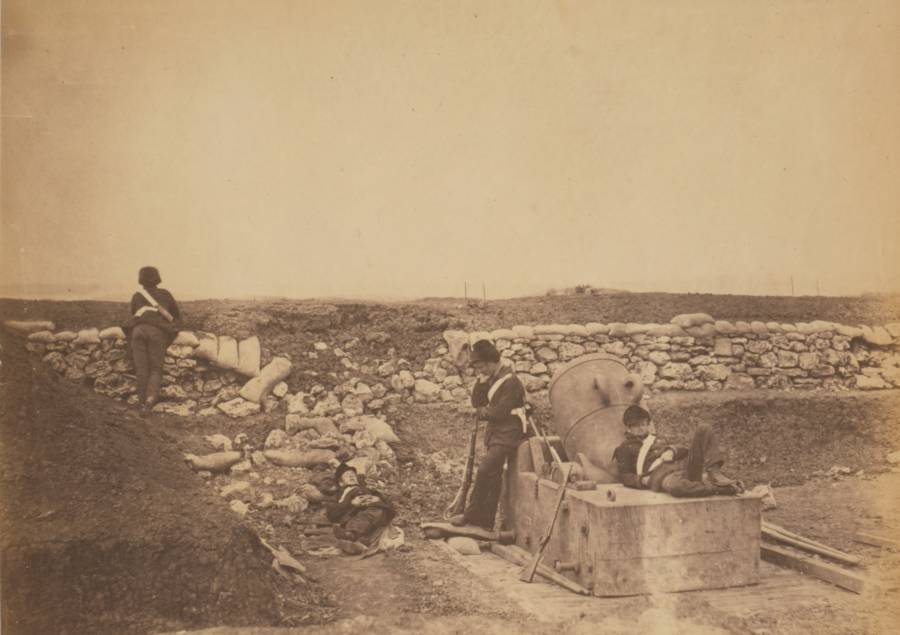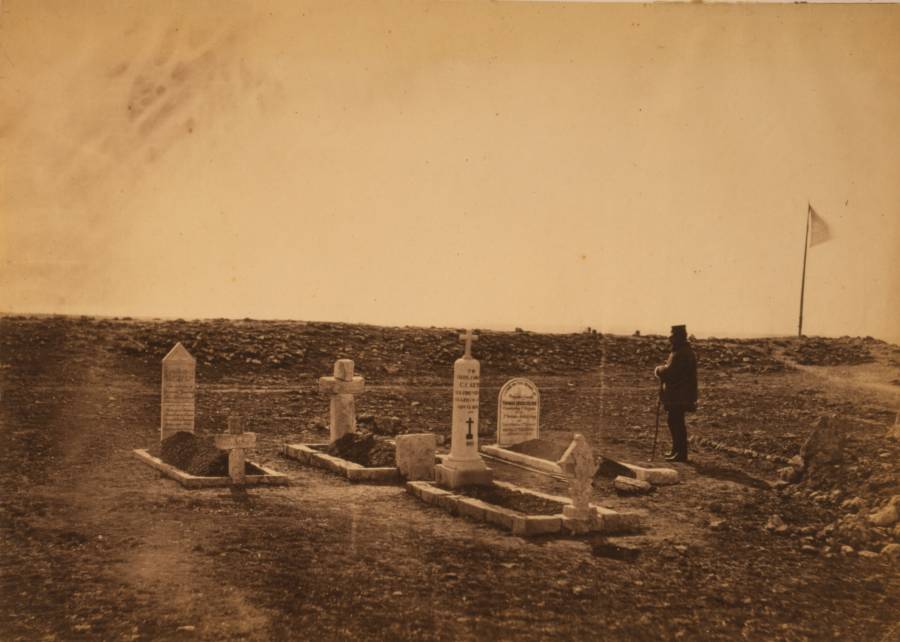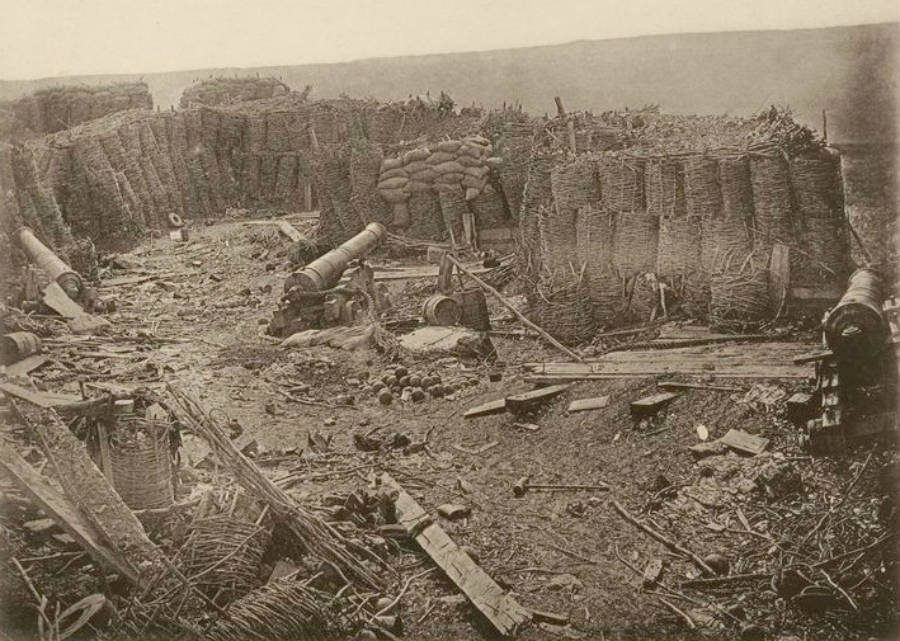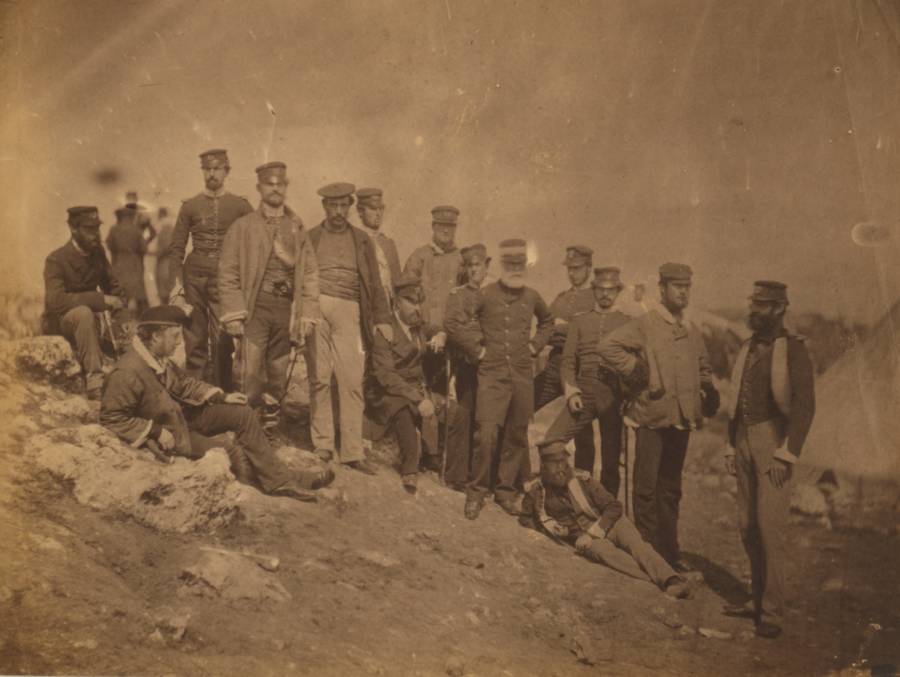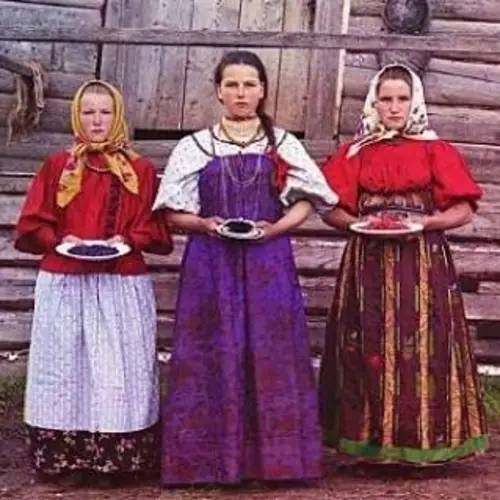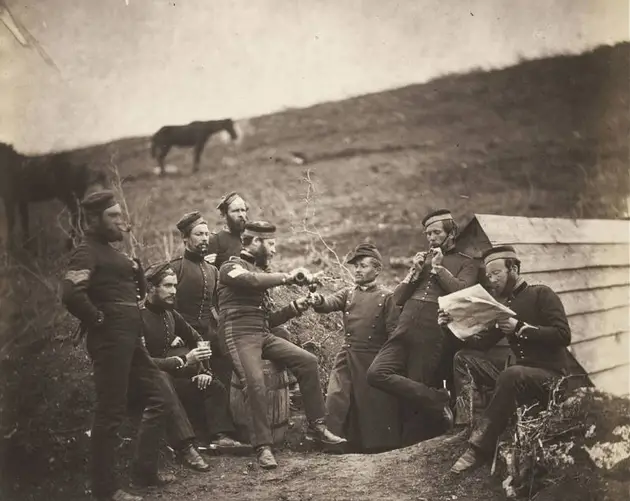These haunting Crimean War photos represent some of the first battlefield photos ever taken and reveal the history of this overlooked conflict that shaped Europe for decades.
When the Crimean War broke out between the Russian Empire and the Ottoman Empire and its allies in 1853, photographers took their new technology to the front lines to show the world for the first time what war was really like.
While these photos weren't as graphic as images captured during subsequent wars (in fact, they were hardly graphic at all), many historians nevertheless regard the Crimean War as the birthplace of war photography.
As TIME wrote, describing the works of noted Crimean War photographers like Roger Fenton, James Robertson, Felice Beato, and Carol Szathmari:
"Their pictures might lack the often-brutal drama of modern war photography, but they nevertheless serve as compelling documentation of the look and, in a sense, the logistics of mid-19th-century warfare."
The Crimean War itself began in part because of a dispute between the Roman Catholic Church and the Russian Orthodox Church over church access rights to religious sites in the Holy Land, which was then part of the struggling Ottoman Empire, famously dubbed the "sick man of Europe" by Russia's Tsar Nicholas.
Moreover, the two sides each had their own supporters with their own agendas. Imperial Russian forces looking to expand their influence in what's now Ukraine naturally supported the Russian Orthodox Church. On the other hand, Britain and the Ottomans both sought to stop the advance of the Russian Empire and curb their growth as a rival European power. Both Britain and the Ottomans joined with Catholic-led France on the Roman Catholic side of the divide.
And while the two churches settled their differences, their imperial supporters did not, and the Ottomans declared war on Russia in 1853. The war raged for more than two years in the area surrounding the Black Sea, namely the Crimean peninsula on the northern coast.
The fighting was marked by a series of now historic events and clashes including the Battle of Balaclava, during which the British were able to fight off a major Russian charge at a critical naval base along the Black Sea and launch their own successful offensive known as the Charge of the Light Brigade, later immortalized in verse by poet Alfred Lord Tennyson.
Much of that time was spent on a single siege against the Russian naval stronghold at Sevastopol starting in 1854. The Ottoman allies hoped the siege would take just a few weeks but it ended up lasting 11 months. Ultimately, nearly a quarter of a million total soldiers died at Sevastopol before Russian forces fell, ending the Crimean War altogether (along with the fact that the allies had cut Russian supply lines across the Sea of Azov) with an allied victory in late 1855.
One factor that may help explain Russia's defeat is alcohol. Tn the words of Politico:
"From the inebriate and undisciplined peasant conscripts to their inept, corrupt and often even more soused army commanders, the lackluster military that Russia put into the field in Crimea was the unhappy product of the imperial state's centuries-long promotion of a vodka trade that had become the tsars' greatest source of revenue."
One Russian soldier who fought in the Battle of Alma River recalled just how bad things could get when commanders were under the influence or otherwise confused and negligent:
"During the five hours that the battle went on we neither saw nor heard of our general of division, or brigadier, or colonel. We did not during the whole time receive any orders from them either to advance or to retire; and when we retired, nobody knew whether we ought to go to the right or left."
And when alcohol wasn't plentiful, that could prove troublesome as well. "We are to have no vodka, and how can we fight without it?" one veteran soldier reportedly said at the outset of the Sevastopol siege, expressing concern that the fighting might not turn out so well for Russia.
And beyond just the soldiers, many Russian commanders were frequently intoxicated on the battlefield according to contemporaneous accounts. This caused Russia's battlefield defeats to be particularly embarrassing.
Regardless of the cause of Russia's defeat, the Treaty of Paris made the Black Sea neutral territory, closing it to warships, and thus significantly curtailing the influence of the Russian Empire in the area.
The treaty's Black Sea provision proved especially important. Neither Russia nor Turkey were now allowed to have military personnel or fortifications along the coast of the sea. This put a major halt on Russian imperial expansion in the region.
Furthermore, the conflict proved to have far-reaching geopolitical consequences for decades to come. As HISTORY wrote:
"The Peace of Paris, signed on March 30, 1856, preserved Ottoman rule in Turkey until 1914, crippled Russia, facilitated the unification of Germany, and revealed the power of Britain and the importance of sea power in global conflict."
The Crimean War thus informed the nationalistic power grabs that dominated 19th-century Europe and eventually set the stage for World War I. The balance of power in Europe had forever been changed.
But aside from the far-reaching consequences of the war, the immediate human cost was certainly devastating.
The allies suffered approximately 223,000 total casualties throughout the war with a whopping 120,000 or so the result of disease. The Russians fared even worse: They suffered more than half a million casualties, more than half of which died from non-combat causes.
Alongside such suffering, the Crimean War also helped pave the way for battlefield photography itself, forever giving the public a new perspective on war.
After viewing the Crimean War photos above, dive deeper into Russian history with this look at Imperial Russia in full color. Then, see how things looked during the tragic final days of the Romanov family.

